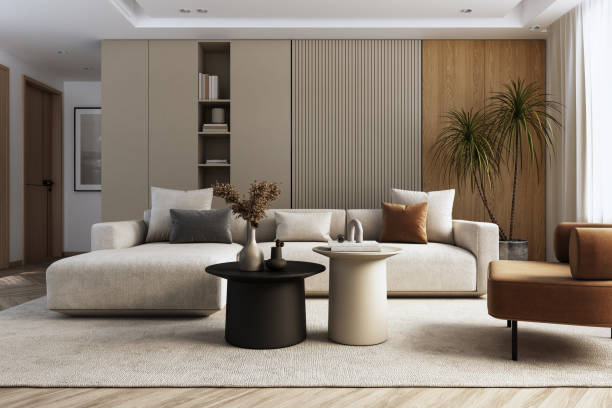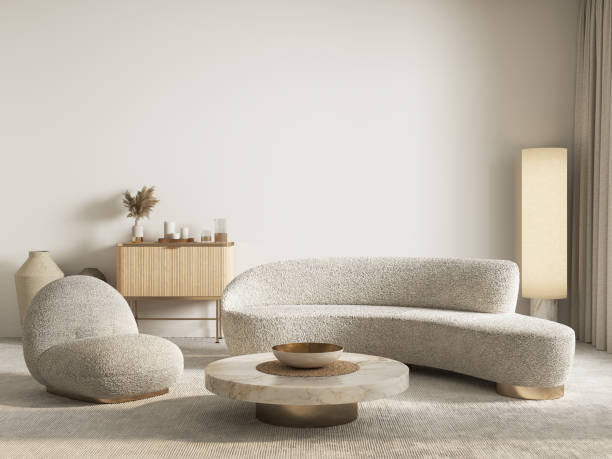Every day, dozens—sometimes hundreds—of people walk into a furniture store. Some are serious buyers ready to make a purchase, while others are just browsing. But here’s the challenge: how do you know which is which, and more importantly, how do you measure whether your team is converting those walk-ins into paying customers?
The answer lies in people counters—the silent, data-driven tools that are transforming how furniture retailers track performance, boost sales, and maximize profits.

Why Walk-Ins Alone Don’t Tell the Full Story
Furniture stores are unique in the retail world. Unlike grocery or apparel shops, where customers often arrive with a purchase already in mind, furniture buyers may take weeks or even months to make a decision. This makes tracking store performance more complex.
- High traffic ≠ high sales. A busy showroom doesn’t always mean your store is thriving. Without knowing conversion ratios, you’re left guessing.
- Sales reports don’t reveal missed opportunities. Point-of-sale data only shows who bought—not how many people didn’t.
- Marketing ROI is hard to measure without traffic data. Did your weekend promotion bring in more qualified buyers, or just browsers who walked out empty-handed?
This is why furniture stores need an accurate way to measure both foot traffic and sales conversions.
How People Counters Bridge the Gap
A people counter is a small device with a big impact. Installed at the store entrance, it automatically records how many people enter your store each day. When paired with sales data, it becomes the foundation of conversion ratio tracking.
Here’s how that data changes the game:
- Measure True Performance
Instead of just tracking sales, you can calculate what percentage of visitors are converted into buyers. For example:- 1,000 visitors, 100 sales = 10% conversion rate
- 600 visitors, 120 sales = 20% conversion rate
Store B in this example is clearly outperforming Store A, even with fewer walk-ins.
- 1,000 visitors, 100 sales = 10% conversion rate
- Improve Sales Training
If traffic is steady but sales are low, the issue may be sales technique. Managers can use conversion data to coach their team, recognize top performers, and identify where improvement is needed. - Optimize Staffing
People counters reveal peak shopping hours. With that data, managers can schedule the right number of associates to provide better service during high-traffic times. - Track Marketing Effectiveness
If a big holiday sale brings in more visitors but conversion ratios don’t improve, it’s a clear signal that promotions need tweaking.
Why This Matters for Furniture Stores
Furniture sales are high-ticket, high-involvement purchases. Customers want to test comfort, compare designs, and often bring family members along before committing to a purchase. This means every visitor represents a valuable opportunity.
Without people counters, furniture stores risk:
- Underestimating missed opportunities
- Overstaffing or understaffing during key shopping hours
- Overspending on marketing that doesn’t deliver real results
- Losing ground to competitors who are leveraging data to sharpen their strategies
In a business where even a small increase in conversion rates can mean thousands in extra monthly revenue, tracking every step matters.
Real-World Impact: From Walk-In to Sold Sofa
Imagine this:
- A store averages 1,200 visitors a month with 180 sales, giving it a 15% conversion rate.
- After analyzing traffic data, managers notice peak hours on weekends aren’t fully staffed. They adjust schedules, provide extra sales training, and tweak the store layout.
- Within three months, the store improved its conversion ratio to 18%.
That small 3% increase translates to 36 additional sales per month. At an average ticket price of $1,000, that’s $36,000 in additional monthly revenue—all from using data instead of assumptions.
The Competitive Advantage
Online furniture retailers are growing fast, but brick-and-mortar stores still have the edge when it comes to customer experience. People counters ensure that advantage is maximized by giving furniture retailers the data they need to make smarter decisions.
Those who adopt this technology stay ahead of the curve by:
- Serving customers better
- Running more efficient operations
- Increasing profits with minimal overhead
The TraxSales Difference
The path from a walk-in visitor to a sold sofa doesn’t happen by chance—it happens through understanding customer behavior, optimizing store operations, and improving sales strategies.
With people counters, furniture retailers can finally see the full picture: how many opportunities walk through the door, how many convert into customers, and where there’s room to grow.
TraxSales provides powerful people counters that help furniture stores track conversions, optimize staffing, and boost profits. Contact Spencer Mink at 330-319-1445 today or set up a meeting to start measuring what matters.


